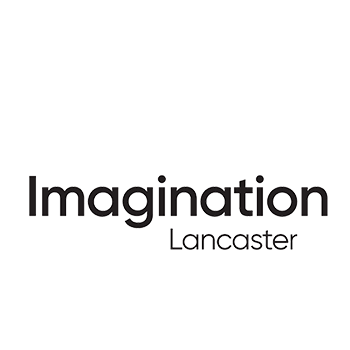A talk exploring how participatory observation and mapping made possible by locative technologies combined with the ability to share information globally and instantly creates an unprecedented capacity for participatory mass observation on the environment, biodiversity and local climate.
View PICNIC09 event webpage.
Environment 2.0 is a project initiated in 2007 to explore how people can use locative art to develop ‘new senses,’ and share their discoveries with neighbours and people around the globe to become a part of a world-wide network of ‘one billion eyes.’
Increasingly, people are routinely generating data about their environment, simply by using media devices connected to the Internet. Community sensing and sensemaking leverages social networks to share and make sense of real?world data for individual and social benefits. Our focus is the confluence of ubiquitous sensing and social networking and empowering of end?users to reason about their activity on community level.
Over the past three years Environment 2.0 has taken us on a journey, encountering climate hackers, butterfly enthusiasts and all points between. In the UK there are tens of thousands of amateur naturalists, people who are actively involved in mass observation of the natural environment, with different societies based on observation of particular species. If you want to meet a real geek, go in search of a butterfly enthusiast in the UK. At present software is a hugely political issue in these communities, following attempts to impose a uniform standard, resisted at the grass-roots.
In 2009 a series of projects were staged in collaboration with the Met Office and Natural History Museum testing innovative methodologies for participatory engagement in and observation of urban environment, biodiversity, and climate, presented as a part of Futuresonic 2009 in Manchester UK.
Our research interests include the sociology of engagement, the computational challenges of community sensing, and the art of mass participation.
